Julius Röntgen (1855–1932) made his career at the end of the 19th century and spanned the Romantic and Modern eras – his piano teacher was Carl Reinecke (director of the Gewandhaus Orchestra), and he played for Liszt in Weimar at the other end of his career, he experimented with atonal music, did piano accompaniment for silent films, and made recordings on the pianola. He was an accompanist of the renowned baritone Julius Stockhausen, gave the premiere of Brahms’ second piano concerto (conducted by the composer), and was friends with Percy Grainger and Carl Niesen.
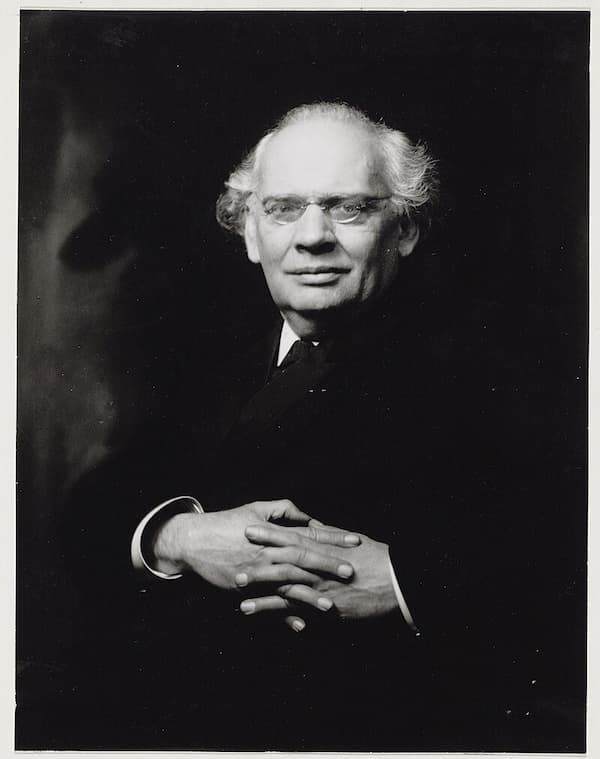
Jacob Merkelbach: Julius Röntgen, 1918
Röntgen was born in Leipzig and later moved to Munich. When he was 22, he had to choose between Vienna and Amsterdam as his residence. He chose Amsterdam and quickly became an essential part of Dutch music life. He was heavily involved in the foundation of the Concertgebouw, and he was a founder of the Amsterdam Conservatory, becoming its director from 1913 to 1924.
Musically, he wrote in all genres, including 3 operas and many orchestral works, including 21 symphonies, 7 piano concertos, 2 violin concertos and 2 cello concertos. His chamber works include 3 piano quintets, 19 string quartets, 11 piano trios and 16 string trios. There are also numerous choral works, 5 violin sonatas, 14 cello sonatas and songs and folksong arrangements. His output comes to more than 600 works, 200 or more composed in 1924 after his retirement. His piano works (he was a pianist) total more than 100 pieces.
In 1924 and 1925 he wrote three works for viola: viola sonatas in C minor, A flat major, and A minor. Even in that short period of time, his experimentations with the genre are apparent. The C minor sonata is in 4 contrasting movements, whereas the other two sonatas are in three movements with experiments in the use of different forms.
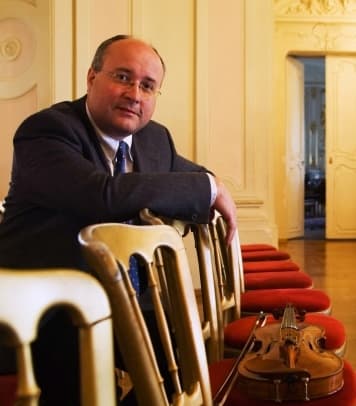
Herbert Kefer
The first sonata, in C minor, has a delightful third movement (Allegro molto). It skitters through the viola and piano, using a rhythmic pattern in alternation with a flowing melody that is wonderfully modern in sound, even for being a century old.
Julius Röntgen: Viola Sonata in C minor – III. Allegro molto
Throughout the three sonatas, we see the master at play. His themes are clever and change in style ‘from the music box to lusty and tricky scherzos to dramatic and virtuoso forms’.
In his middle sonata in A flat major, the work is to be performed attacca, i.e., without a pause, moving through an arc of Andante tranquillo – Allegro – Vivace – Andante piangendo – Andante tranquillo.
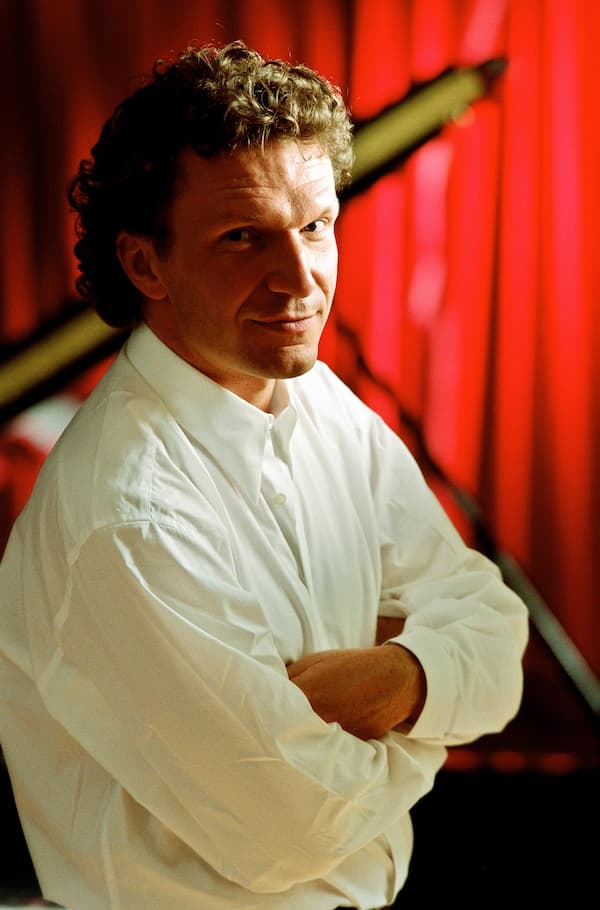
Markus Schirmer (Photo by Christian Jungwirth)
By his last viola sonata, the A minor, he’s showing off in the finale where the finale movement seems to be a commentary on the material of the first movement, and without the first theme appearing plainly, still becomes the apotheosis of the work as a whole. Since the first movement is a theme and variations movement, he looks to Brahms for his model. One writer summed up the work thusly: ‘The effect of how the individual variations of the A minor sonata seem to bring the theme to life gradually is extremely charming so that it is allowed to appear with the greatest self-assurance at the end of the movement’.
Julius Röntgen: Julklapp, Op. 12 – I. Allegretto con espressione
In the hands of Herbert Kefer (viola) and Markus Schirmer (piano), Röntgen’s viola sonatas come to life and bring works that have largely fallen away back to our attention. This recording, by Nimbus Records, is joined by 6 volumes of Röntgen’s piano music, performed by Mark Anderson, with volume 6 to be released on 4 April 2025.
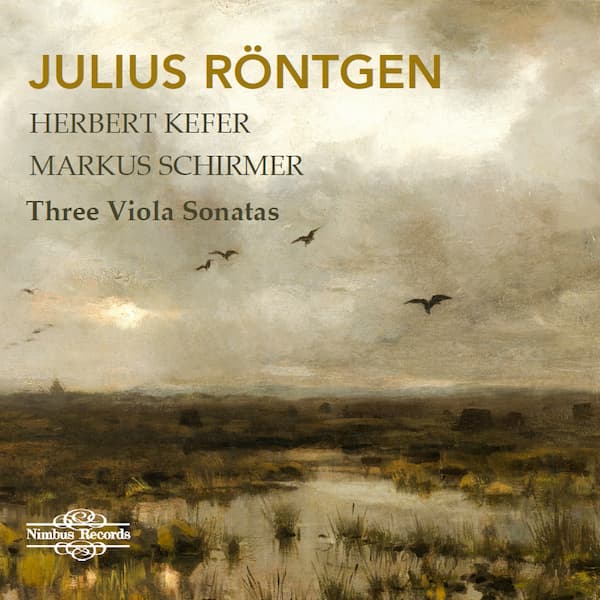
Julius Röntgen: Three Viola Sonatas
Herbert Kefer (viola) and Markus Schirmer (piano)
Nimbus Records: NI 8118
Release date 4 April 2025
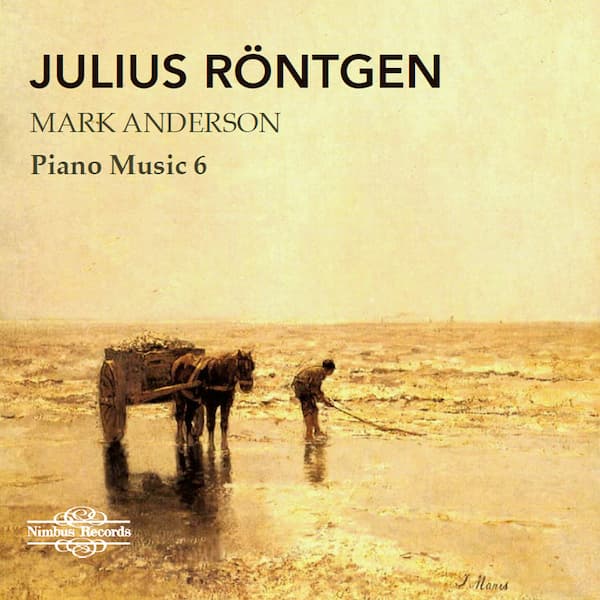
Julius Röntgen: Piano Music, vol. 6
Mark Anderson, piano
Nimbus Records: NI 8117
Release date: 4 April 2025
For more of the best in classical music, sign up for our E-Newsletter

